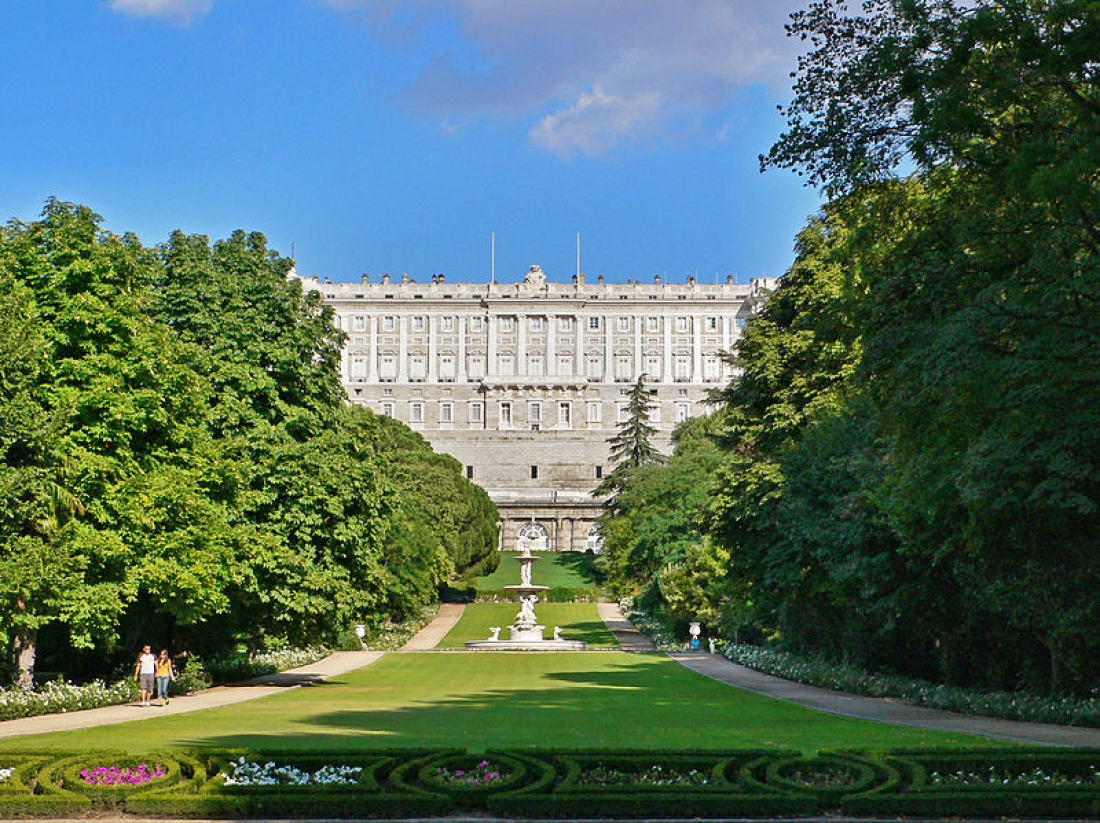The city of Madrid—Spain’s bustling capital and largest metropolis—boasts literally hundreds of sites and attractions. This can often make for a fast-paced, even exhausting tour schedule. However, if you are looking for a bit of a break along your visitor’s route—some time to catch your breath and refuel in a magnificent natural setting—you may want to make your way to the Campo del Moro, one of Madrid’s most breathtaking and history-filled parks.
Campo del Moro: Overview
As world capitals go, Madrid is one of the greenest cities on the planet, featuring over 40 urban parks and gardens, where locals and tourists can unwind and bask in the parks’ natural beauty. One of these parks, located in the eastern quadrant of the city, is the 20-hectare Campo del Moro, an important and very popular component in the city’s extensive park system.
The Campo del Moro, which translates to the “Field of Moors,” is located along the eastern bank of the Rio de Manzanares, a river that cuts through Madrid and a primary source of the city’s water supply. Interestingly, the park is very near the Sabatini Gardens, which together with the Campo del Moro and a few other sites, makes up a system of parks and gardens adjacent to the Palacio Real, or Royal Palace. Campo del Moro is situated directly behind this impressive palace, facing south, while the Sabatini Gardens can be found in front of the structure.
The site that is now home to the Campo del Moro is perhaps as historically significant as the park itself. Throughout the 12th century, while plotting to recapture Madrid from the Christians, the Muslim leader Ali Ben Yusuf and his battalion of Moor soldiers camped at this very site. This, according to historians, is how the park ultimately got its name: the Field of Moors.
During the reign of Felipe IV and after the old palace burned down, the King ordered the construction of the Campo del Moro in conjunction with the construction of the new palace. Funds were tight during this era, however, and the park and gardens were routinely neglected. This would change during the reign of Queen Isabella II, as she vowed to create a garden worthy of the palace’s Royal standing. This promise led to a total renovation of the site, including the addition of several spectacular fountains. Two of these fountains—the Fountain of Tritons and of the Shells; and the Triada of the Palace of Aranjuez—are especially striking, and together they serve as the central highlight of the park.
Towards the end of the 19th century, under the Regency of Maria Cristina, many elements that reflect the romanticism movement of the era were added to the park. Open spaces, for example, were created for new trees, and curved alleyways, made in the English style, were created, but even after these 19th century additions, the two fountains remained—and continue to remain—in the park’s center, serving as an axis off of which the other elements in the park feed.
Tourists who visit the Campo del Moro can participate in a number of recreational activities—jogging, cycling, etc.—or merely sit and enjoy the natural flora, with a countless number of plant and tree varieties. The park is also home to many species of birds and small mammals, particularly rabbits and squirrels that playfully romp through the trees and open areas.
As you approach the Campo del Moro for your visit, you will undoubtedly notice the age-old, yet well-constructed steel gate that surrounds the park and the palace grounds, as well as the large iron doorway that serves as the park entrance. Millions of guests have passed through this gate over the years, many of whom describe the experience as taking a step back in time to a much simpler and peaceful era.



